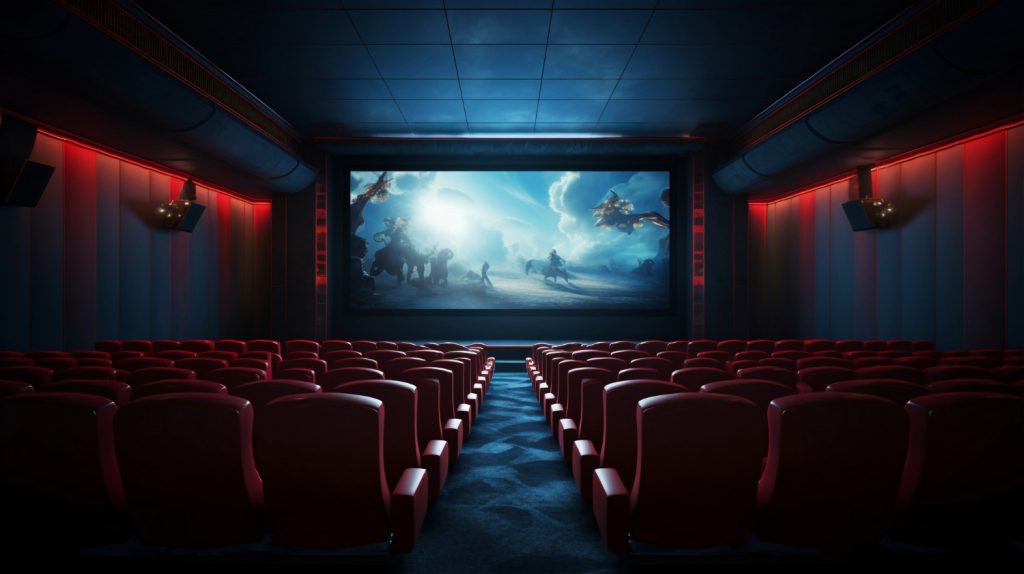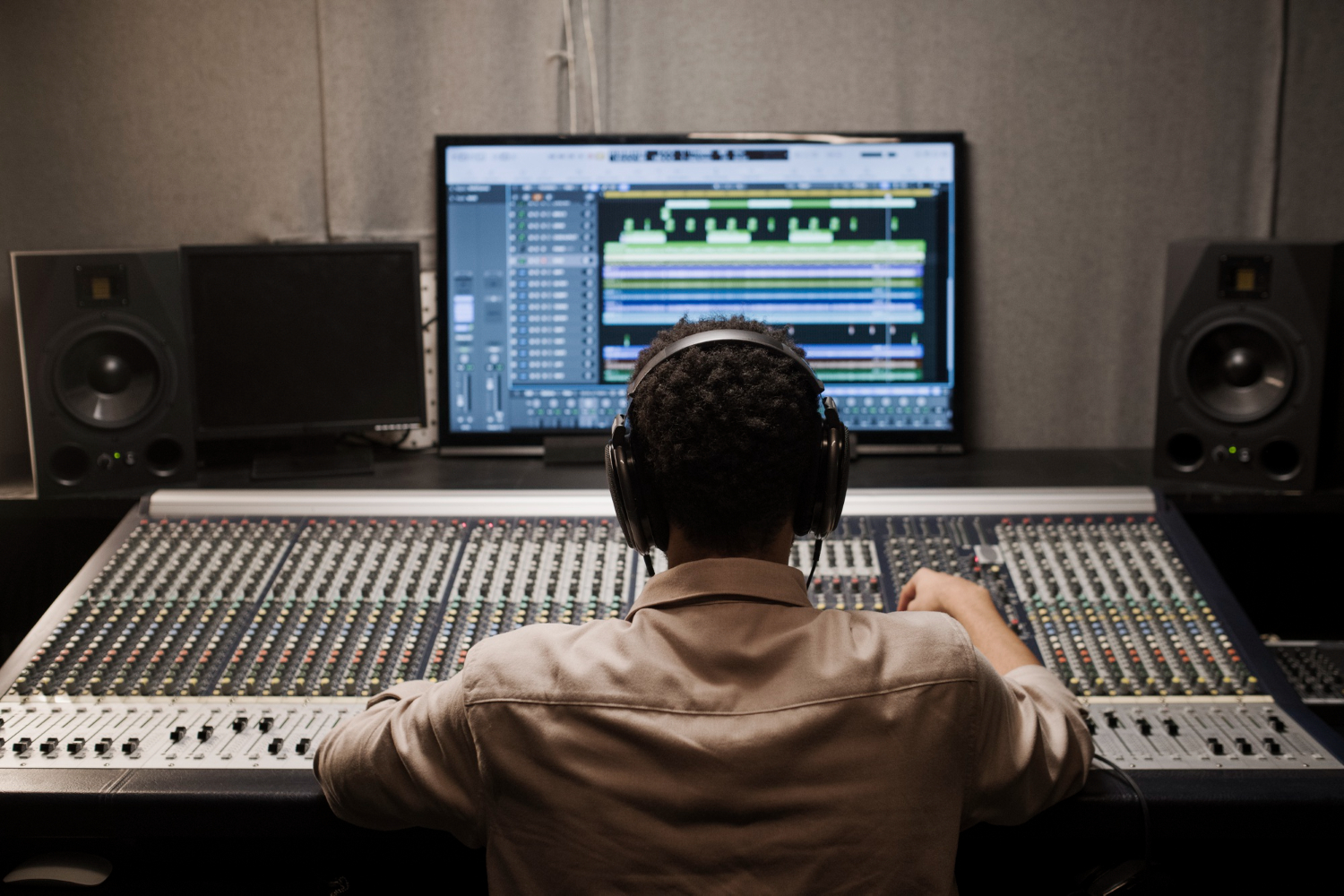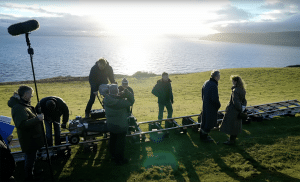Immersive audio stands out from surround sound, so what are the differences between them?
There’s nothing worse than having a project that falls flat — especially when we’re talking about audio. When we’re watching a movie in the theatre, or at home, the audio can very easily fall into the trap of being lackluster. Technology now has evolved since the early days of cinema, and sound engineers not only work with two channels but also a variety of channels for a much more immersive experience.
Audio immersion is highly significant in today’s creative realms as it enhances the realism of the experience. Furthermore, for those who only can work in stereo, there are ways in which audio editors and sound designers can create more depth through panning automation and other effects to essentially mimic that 3D feel. So here are some tips for those looking to up their game in achieving immersive audio.
What is immersive audio?
The main purpose behind immersive audio is creating a much more life-like listening experience. Within immersive audio, sounds are treated not on a horizontal plane, but on more of a 360 configuration, in which the sound is multi-dimensional. This is paramount for films in a theatre — there are speakers not only at the front but all around.

It’s important to note that “immersive audio” differs from “surround sound” as these terms can be easily misinterpreted. While they may sound like they have similar principles, in modern-day cinema, most sound engineers will use industry-leading software called Dolby Atmos which accounts for a truly immersive experience. But how is this truly different from surround sound?
Differences between surround sound and immersive audio
The Recording Academy changed the category for “surround sound” to “immersive audio in 2019” due to developments in audio engineering. The main difference between these two configurations is that surround sound purely focuses on sound along a horizontal plane. 5.1 and 7.1 configurations are surround sound setups that consist of either 5 or 7 audio channels that are placed in front, left, right, and behind.
Immersive sound, as mentioned earlier in this article, is a multi-dimensional approach to the sonic field. Height is the main difference here as sound in immersive audio setups can be heard above and below. It’s a much more complex set-up; however, the payoff when audience members experience the film in a movie theatre is unmatched.
Types of audio channels
Immersive audio seems revolutionary as we are watching a two-dimensional film with 3D sound. Pretty cool, right? The wonders of audio engineering have ultimately brought sound specialists to a realm where three-dimensional sound can be applied to a two-dimensional visual.
Looking back to the evolution of audio, it was initially processed in mono, a singular channel of audio. Mono is used still today and can be typically found when recording dialogue. Then came the birth of stereo. With stereo, each microphone represents the left and right channels. Having the two microphones opens up a lot of space meaning sounds can be assigned more towards one side. When you listen on your earphones and you take out one, some sounds may go missing. This is because the sound may be panned towards one side. Modern-day music primarily uses stereo for mixing.
Stereo was then expanded into surround sound with extra speakers or audio channels to add immersion. Bearing in mind, immersion in this case means sound that is behind and to the sides, as well as what you perceive in front. Surround sound setups like 5.1 can be easily replicated in the comfort of your own home. Mixing them however will need additional plug-ins as instead of two channels, you could be working with 5 or 7!
Immersive audio adds the element of height, creating additional dimensions. Additionally, immersive audio configurations are endless, and you can have sound virtually coming from anywhere at any point. Dolby Atmos is the most recognized system that uses the principles of immersive audio not limited to speaker setups. To put a number to this, Dolby Atmos can have up to 128 audio channels that can be routed through 64 speakers. Wow!
But to indie filmmakers and beginners in the field, producing content on this scale isn’t so easy, scaling them back to just stereo. However, you can be just as creative in stereo as you can with immersive audio. With panning, automation, and audio effects such as filters, delay, and phasing, sound designers can combine these all together to create a sense of depth with just the two audio channels.
Achieving immersion in stereo
Immersive audio systems like Dolby Atmos are only limited to those that are going to be making films for movie theatres. Unfortunately, this isn’t the case for most of us, but it’s an aim! However, there are ways we can manipulate the stereo field and trick the listeners by using audio effects.
The most common technique is panning and automation. While this is largely two-dimensional, it’s better than the other option of sounding completely flat. You have to think that people who consume such media will be watching on a desk setup with monitor speakers, using headphones or on a TV. Those who don’t have any means of a stereo setup, like consuming on your phone, are just missing out on the immersion! By all means, don’t abandon the use of panning as this can already heighten the listening experience. You have a moving car going from left to right on the screen. Ensure the sound matches this movement by automating the panning. It will sound a lot better than if it were to stay centered.
Binaural panning
Depending on what DAW or NLE you are using, a useful technique to use is binaural panning. If you’ve heard of binaural microphones, it essentially considers the human head and how our ears perceive sound. Binaural panning works on the same principle. However, instead of having to buy expensive gear for a binaural experience (such as the infamous Neumann KU100), we can achieve this immersive audio effect while still in stereo.
Logic Pro X has a binaural panning configuration and is a very easy tool. By simply dragging the node around the circle, you can hear that the sound is quite literally moving around your head!
Just remember, this is only beneficial for users who wear headphones. Without them, two monitor speakers won’t do the immersion justice. If you are a video game developer and want a highly immersive soundscape, using binaural panning will be a game changer.
Cover image via Freepik.
Looking for filmmaking tips and tricks? Check out our YouTube channel for tutorials like this . . .



